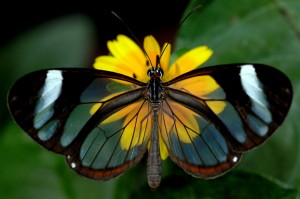The beach across from my sister’s house in Cape Cod is pretty much perfect. At high tide everyone takes to the water for a dip or a kayak ride. And at low tide this little patch of shoreline transforms into an ecological extravaganza with the emergence of Crabby Island.

Crabby Island is what the local kids call a small patch of the beach that’s completely submerged at high tide and above the water at low tide. It gets its name from the hordes of crabs and other sea critters that can be observed and captured from its shallow tidal pools and muddy outcroppings. Every possible moment in this fleeting world is spent trying to capture crabs, snails, tiny fish and even the occasional eel. My daughter found this whopper last weekend:


Anyone who has as much experience investigating beach bucket wildlife as I do (approximately 35 years, give or take) knows that the two animals you always find in surplus are the trusty hermit crab and the steady periwinkle.

But despite my many experiences enjoying these animals, it turns out I don’t really know anything about them.
Hermit crabs, I thought, are just bizarre regular crabs who wear costumes. Right?
WRONG!
Hermit crabs are actually more closely related to squat lobsters (whatever those are) than they are to true crabs.

For whatever reason, I think of a hermit as someone who is passive, avoiding others and therefore confrontation. When it comes to hermit crabs, I’m wrong again. Turns out they fight, like a lot, over their shells. They need to find a shell to live in to protect their soft abdomen and it’s really hard to find the perfect shell. So, hermit crabs battle each other to get and hold on to a good one.

Some hermit crabs are thought to negotiate instead of fight over shells. The contest between the shell-owner and the intruding hermit crab has sparked the curiosity of psychologists. Actual psychological studies have been done on hermit crabs to examine the consequences of fighting. I had no idea.
And then there’s the periwinkle. This familiar gastropod is the most common marine snail in the North Atlantic coast.

But it wasn’t always here in North America. The periwinkle was introduced from the European Coasts of the Atlantic sometime around the mid-1800s. It completely transformed coastlines in New England, chowing away the once algae-covered marshes and rocks and disrupting the native plant and animal species.
A less troublesome fact about the periwinkle is you can eat them.
I now know just little bit more about the animals that embody one of my all time favorite activities and I can assure you I will be out there again and again with my daughter, and a bucket, and always a Sense of Wonder for nature.
Looking forward to the next installment of Beach Bucket Discoveries.

